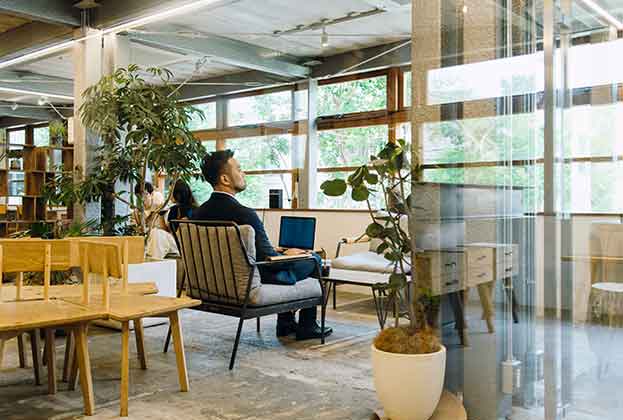In the post-pandemic movement to flexible working, a variety of patterns for workers returning to the city are being tried and tested. While businesses and people are adapting to new ways, buildings stay standing; skyscrapers and office blocks remain with or without workers.
This hasn’t, however, deterred developers from proposing to build more. Ten new tall buildings are planned for the City of London, all of which are at least 75 metres tall, thereby meeting the City’s definition of a ‘tall building’. The number of applications in 2022 outstripped 2020-21, demonstrating the City’s post-pandemic revival. With this in mind, and the ongoing challenge of drawing people back, what is the difference between a tower and a tall building and does it matter?
A skyscraper is defined by achieving a height of 150 metres or more (or +40 storeys), double the height of the City’s definition of a tall building. Ironically, the term ‘tower’ is defined as a non-inhabitable structure, for instance a water tower. Historically, London has had commercial office buildings of six to 12 storeys, this grew to 20 (commonly 16-20 storeys), with some, like 22 Bishopsgate, exceeding 60 levels. In contrast, the US and China have been developing tall buildings and skyscrapers for far longer. This is largely to do with London planning laws and the safe-guarding of views to St Paul’s Cathedral, a condition that a number of other key cities do not have to contend with (Washington DC and its protection of the Capitol Building being the most similar comparison).
Tall buildings placed in the right location are on the rise in the capital. The difference is not the height, it is the context; carefully considered mixed-use developments done well, with brave master design strokes, could help London remain one of the best cities in the world to live and work.
For example, in New York, streetscapes and arrival experiences on the lower levels in tall buildings are exciting and human-centric with wider pavements, permeable sightlines, dynamic movement, social areas to work, cafes to eat in and places to meet. Likewise, in Asia, tall buildings bring shopping, transport and outdoor space together with offices to create exciting locations.
London’s challenge, therefore, is to create its own personality and design inside-out innovative spaces. Why not consider a mix of affordable residential flats for living at the low levels, capturing nature, scale and healthy connectivity to the community, with offices in the middle, utilising good daylight, terraces and large open floorplates, with creative and artist studios above?
Ultimately, whether a tall building or a skyscraper, the single use typology will not deliver sustainable buildings for the future and is unlikely to revitalise our cities, but multi-use 24/7 occupiers might just do so. We need to intertwine human sensation and sentiment within architecture to create a built environment that appeals to everyone.

